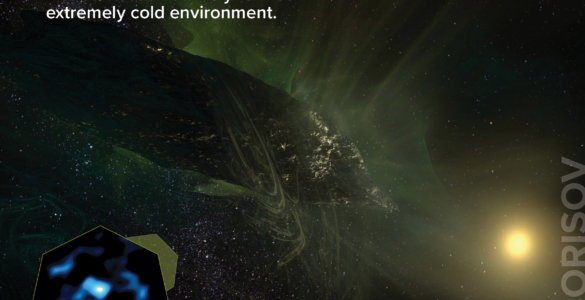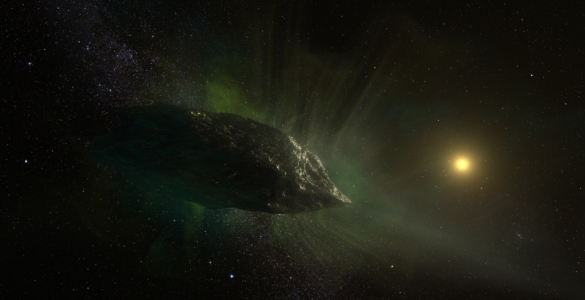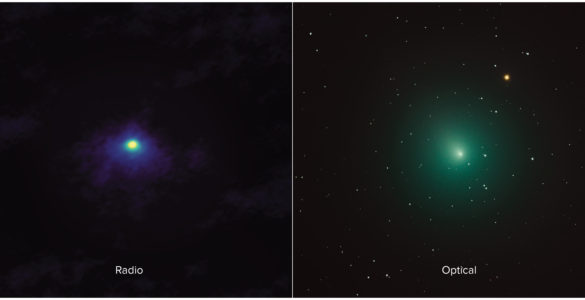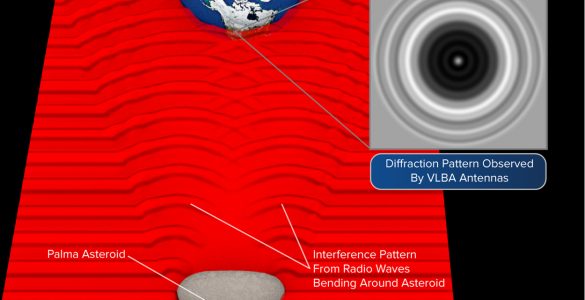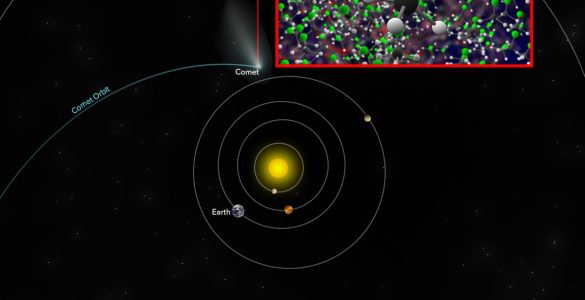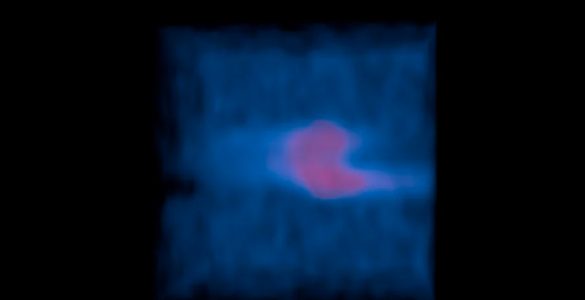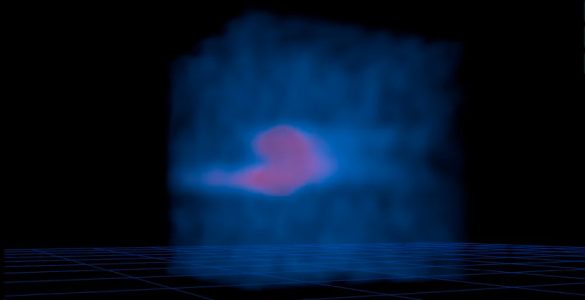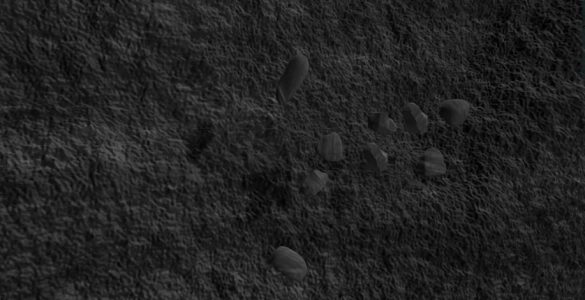Yarkovsky Effect
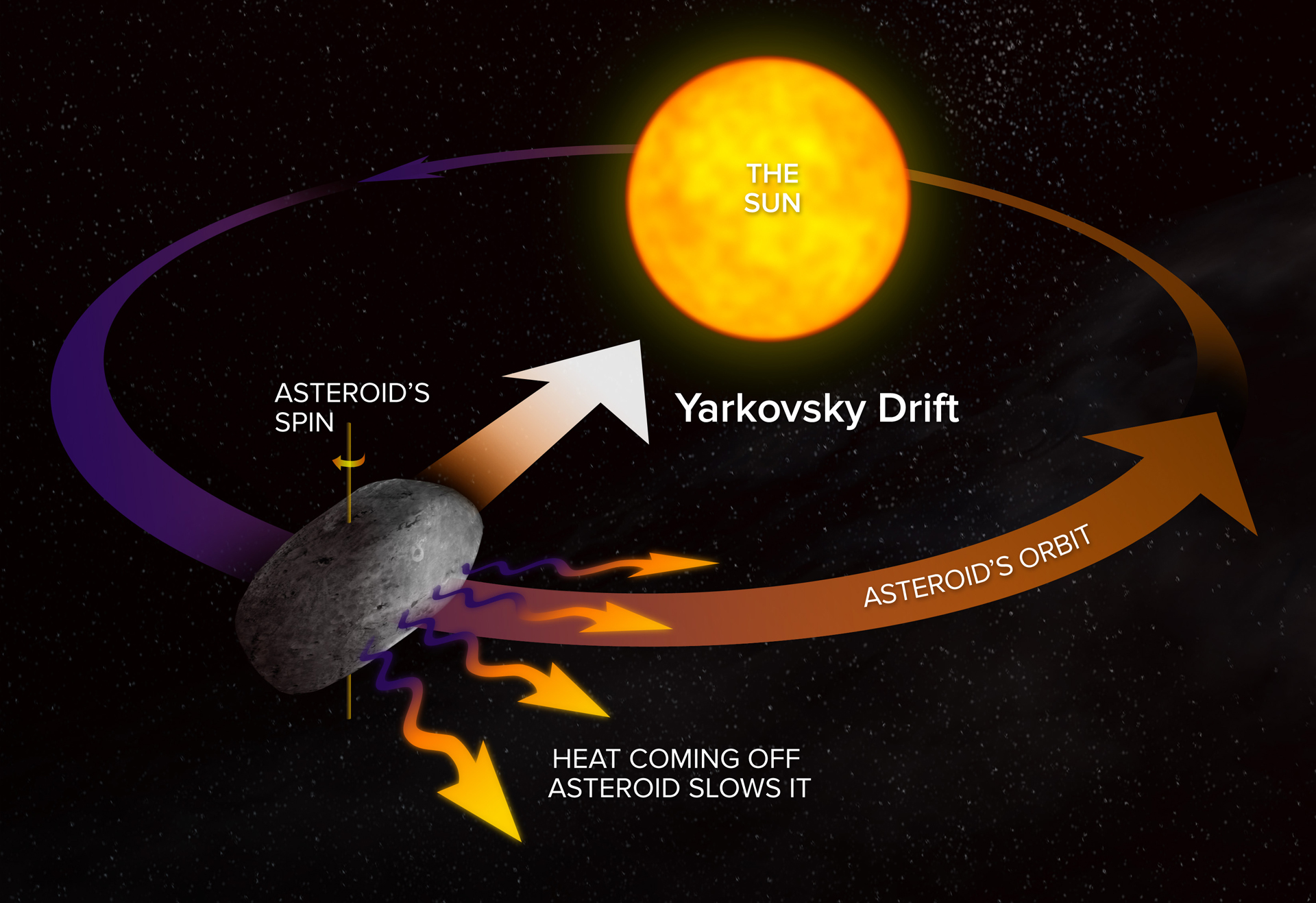
Just as the afternoon is the warmest part of the day on Earth, the space rock develops a warm region that radiates infrared light in its maximum amount during afternoon on the asteroid. That outgoing infrared radiation provides a gentle but firm jet-like push to the asteroid. The direction of the asteroid’s spin determines whether “afternoon” is either forward or rearward of its direction of motion. If the hot spot is forward of the direction of motion, the infrared push will slow the asteroid’s orbital speed, and if the hot spot is rearward of the direction of motion, it will speed up the orbital motion. This effect, over time, can make a significant change in the orbit. This is called the Yarkovsky Effect, after the engineer who first identified it.






